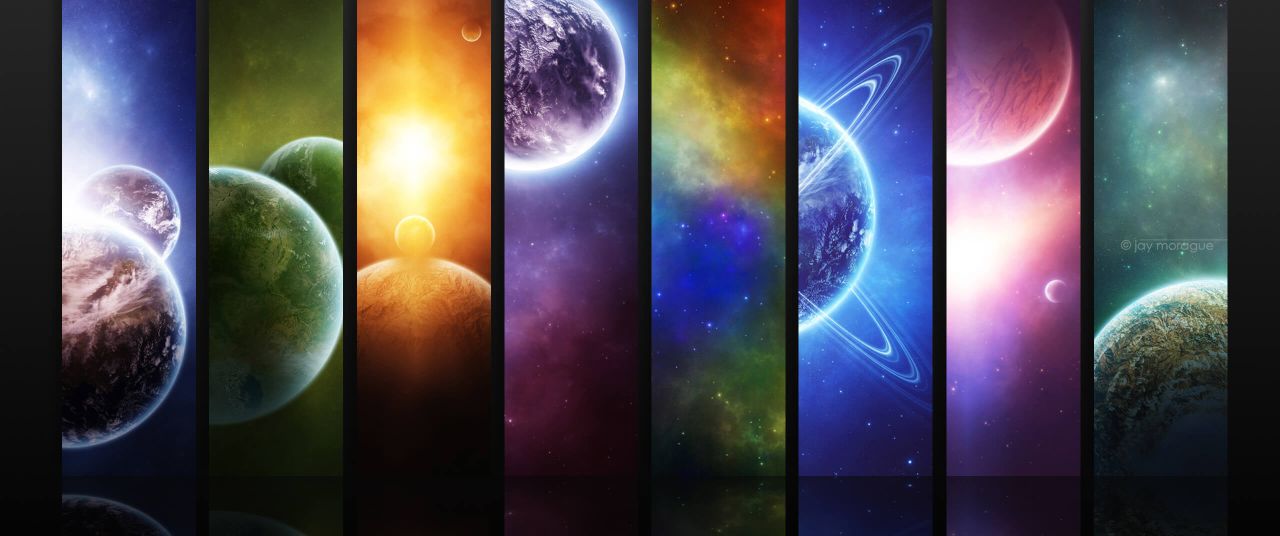Video Game Development Process: Step by Step

It’s not a secret that every year the modern world is shaken by yet another awesome game. Millions of people mass online to buy and play it, enjoy the moment, and long for other versions of it to hit the market. Not many people really have a clear vision of how video games are created, in terms of the steps taken and technologies used. First off, you acquire the concept, the idea flows out of it, you write it down, think of the hook, the characters, and what their roles in the game will be. I’m not even going to touch upon the actual development part of the game: 2D/3D graphics, databases development, etc.
The video game industry is diverse and fully stacked, but still, fresh new ideas are coming on the scene and the process of making video games is becoming more delicate and sophisticated. This article is for all those video games fans, who ask questions and would like to know more about the game development pipeline and maybe in the future consider setting up one by themselves.
We should differentiate the four main parts in the game production cycle, according to unique specialists in the sphere.
Stage No 1: How to Get Started in Game Development
Usually, video game companies are recycling ideas for games already developed some years ago. They perform the upgrade for the games and launch newer, shinier, versions of it. The users get enthralled by new graphics, a top-notch functionality of the graphics with all the modern hardware capabilities, etc. Other CEOs of the companies are using different ways. For example, hiring a creative team that’s able to generate more than one theme line for your product. The number of creative teams the company hires depends on the complexity of the scenario, and ambitions of the company itself. If they could afford a number of creative teams generating various ideas for the games, it would be ideal in terms of further product’s success. Sometimes they also need help from outside: biologists, historians, sports professionals, etc. The hard work of creative groups brings the best concepts for games: evolution processes, car racing, dragon control, cooking, tomb raiding, and many others. Such teams are becoming very important when we talk about the idea of simulating real-life experiences.
Some companies are acting smarter. They go into a franchise and create a game based on well-known characters such as The Simpsons, Marvel superheroes, Game of Thrones, and more.
Stage No 2: Working out the Idea for a Game Production Cycle
This stage is jam-packed with many groups and teams cooperating and interacting with each other to create that high-quality product coming in the form of a video game. You need to hire/organize teams of software engineers, project architects and the producers and designers for every team, to accompany and direct the development process. You’ll also need writers and artists. They’ll do all the preparation work. This could include the creation of how the main characters of your game will look like, and how they will act. The style of appearance and a complete storyline for individual leading roles should also be thoroughly planned and presented in the drafts of the game’s blueprint.
When your game production cycle is based on some idea or concept that’s already well-known for the audience, like a movie or realistic simulation, then your team members work according to established requirements and deliver a quality product which will only represent the particular version of the original idea. Your video game will be recognized as part of the huge market covering this concept. Basically, now we’re talking about the franchise, and as every franchise, you’ll follow strict draconian limitations and restrictions as well as make sure that your future video game is protected by DRM technology. The requirements sometimes not only cover the idea, i.e. the storyline, but it could be extended to clothes, outlook, general behaviour lines of the leading characters, etc.
The aforementioned details and preparation are crucial for video game creation as it shows all of the stages and steps are taken to get a successful solution. Anyway, the biggest concerns come hand-in-hand with the detailed and very accurate storyline. If you manage the plot correctly by introducing an intriguing storyline and bringing up the logic of the game, be confident that your game will dominate. Use your creative team to test the leading heroes’ psychology, set clear narrative lines, go through the overall theme of the video game. Begin with the names of the main characters and what they are exactly supposed to do in the game. Some simulation games could take many lines dialogues with hundreds of words. Some are super simple and aimed at supporting the activities of the leading video characters.
Once all teams that are supposed to cooperate completely their work stages, it’s important to build the game according to a pattern and let the storyboard of your video game development. Thus you will be able to have a vivid picture and open the doors for various success estimations and marketing goals to launch your product in the sphere of the video game industry.
There are still two main points missing, and we’re about to cover them now. First off, make sure you prepare a comprehensive design blueprint. This isn’t an easy thing to do. That’s why you should get ready to organize the designers working on the menu, control panels, environments, etc. to cooperate and coordinate their activity. Secondly, make sure you fully comprehend the way your pipeline is structured from a technical point of view. Think of the limitations, technological characteristics, etc. Get as much consulting about what the capabilities of the platform are, and how to use them with to your maximum benefit.
Stage No 3: Game Development Cycle
The cooperative forces of the multiple teams you have, or hired, are organized and their goal from now on is to create the game’s final blueprint. At this stage, you need middle management work hard. Group leaders will have to cooperate on all levels of your game development cycle.
Lead architects and project leaders interact with producers and design leaders. They mostly concentrate on making schedules and arranging the cooperation of all team participants. The task for the technical specialists is to dig deep into the understanding and realization of how the game should function and to look the way producers, designers, and managers vision it to. In case any preparation loops are detected, it’s a good idea for the technical engineers to provide feedback as early as possible to improve the overall concept of the game. If there is something infeasible to perform from the technical side, then this part could be simplified and returned to the departments in charge of the technical background with a list of corrections embedded.
There is a manifold of programs to create animations. They work on the modelling of the lead characters, as well as environments and objects. Software departments also build the texted maps which are overlapped with 3D objects and give the view of the global picture, of how the whole animation works and will be perceived by the player.
Programmers know the best ways to code the movements, create the game’s library, engine software, implement Big Data technologies, and of course, make the best of AI. Databases are constantly updated as the game itself is also updating. Nowadays the majority of libraries are stored in the cloud and the personal data of the game players is encrypted and protected.
All the teams are working to optimize the game and make the game production cycle work as efficiently as it possible. The most commonly used languages to program in are C and Java.
Stage No 4: Video Game Pipeline Delivery
As soon as the game presents a complete project, it’s a good idea to test it out. Now, you’ll need more teams of QA specialists that are skilled in various testing procedures. The game should be bug-free, go under load, and stress testing. The game production company is interested finding bugs at the earliest stages. Now, the majority of arrangements are complete and the game is ready for action. Enjoy!


 (13 votes, average: 3.46 out of 5)
(13 votes, average: 3.46 out of 5)



Lina Niten says:
Video Game Development Process: Step by Step are great!